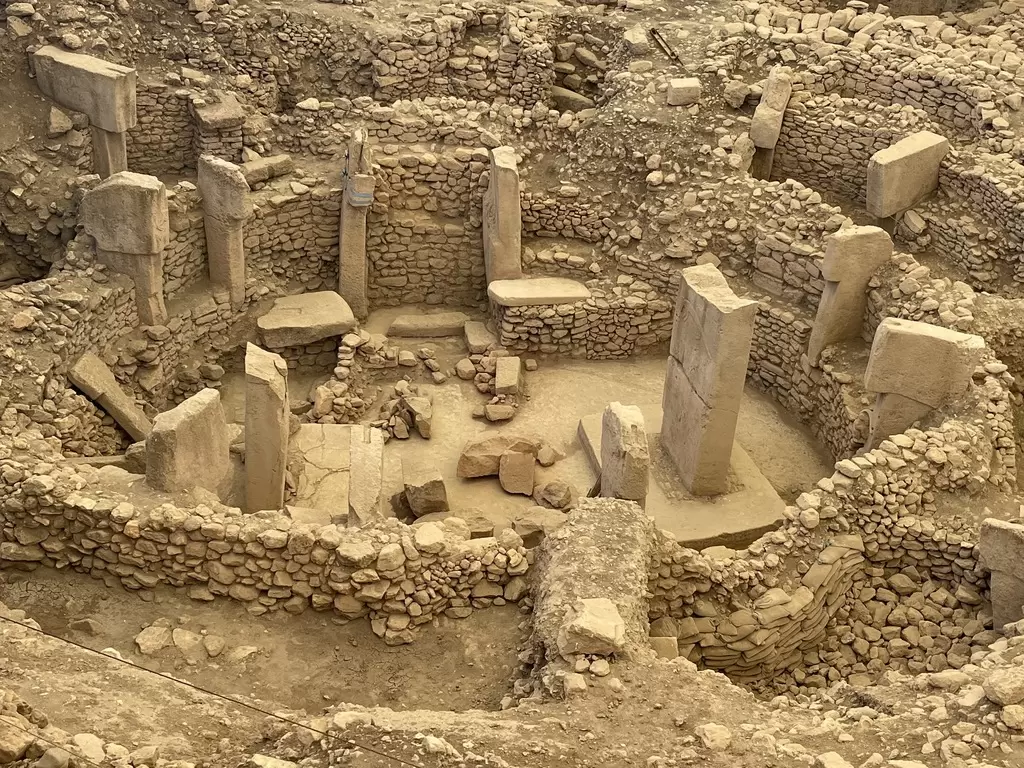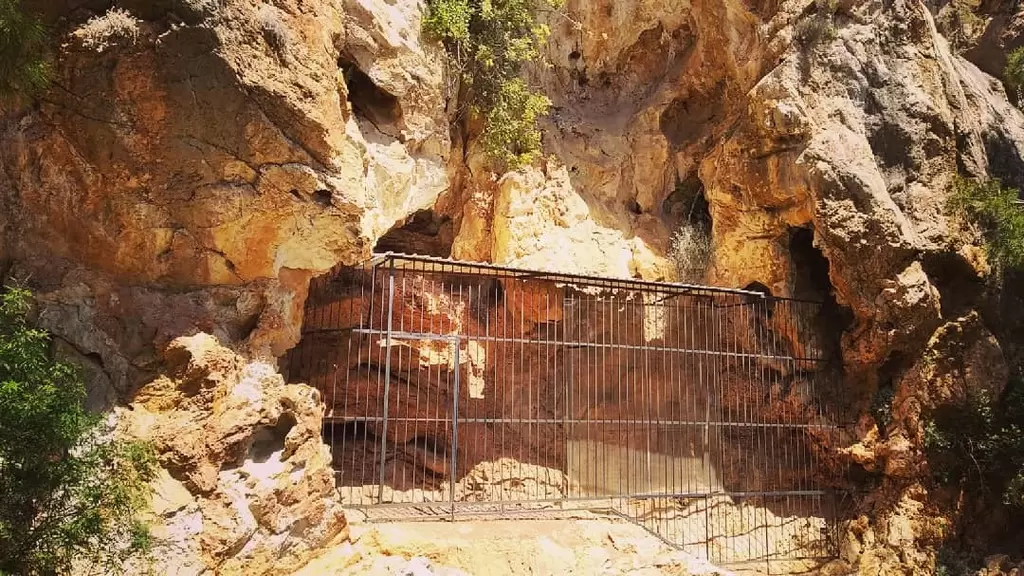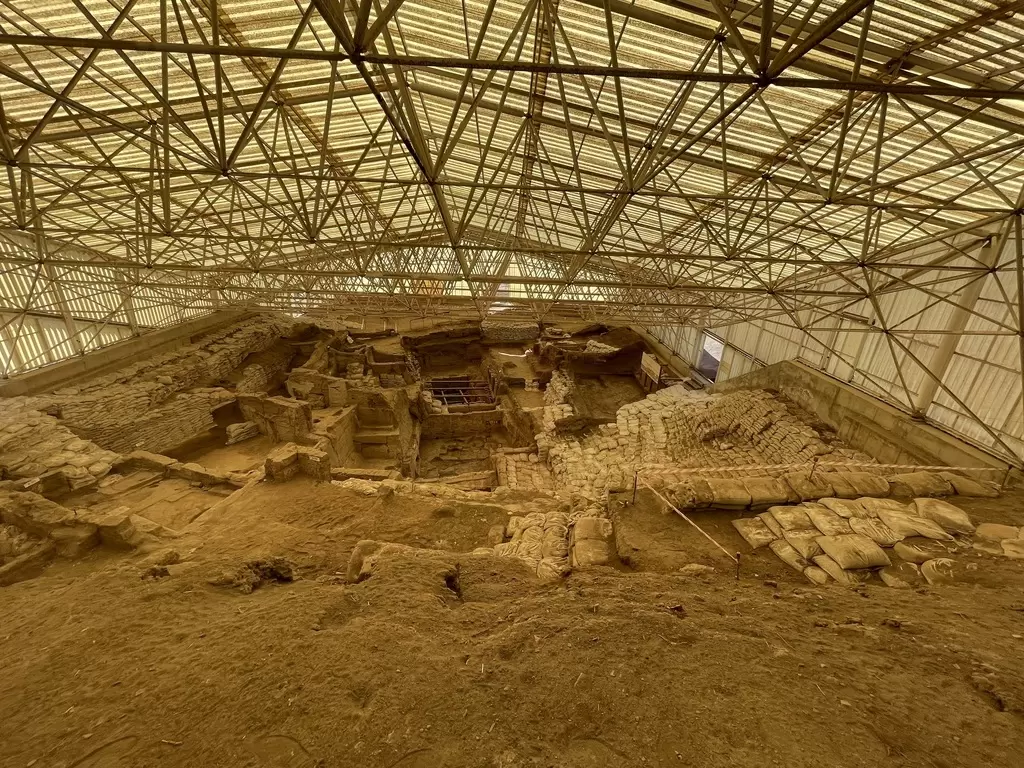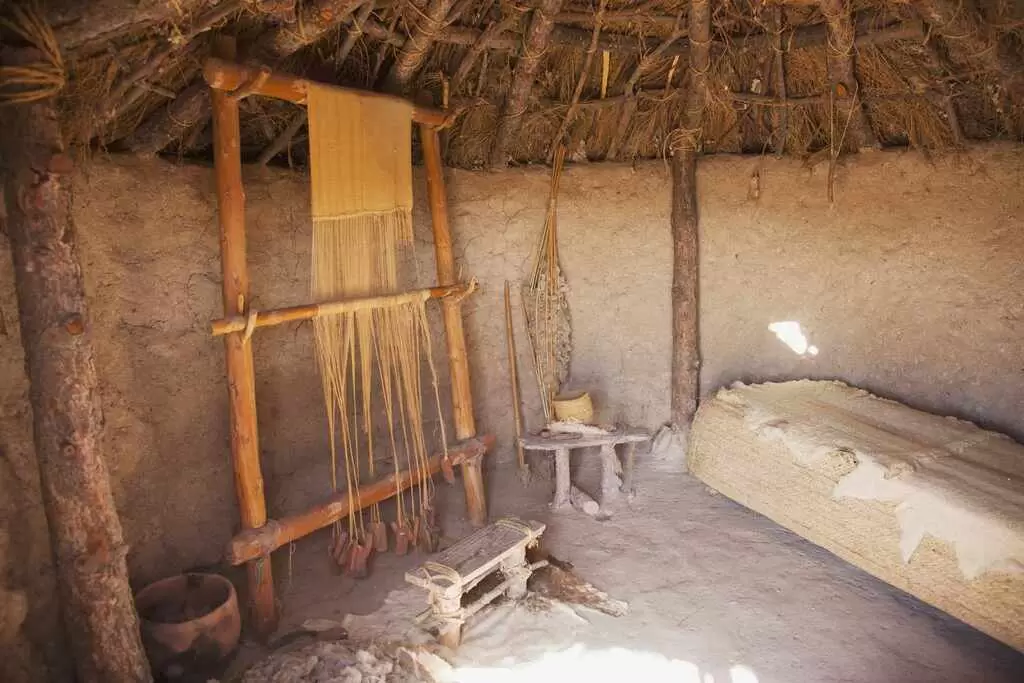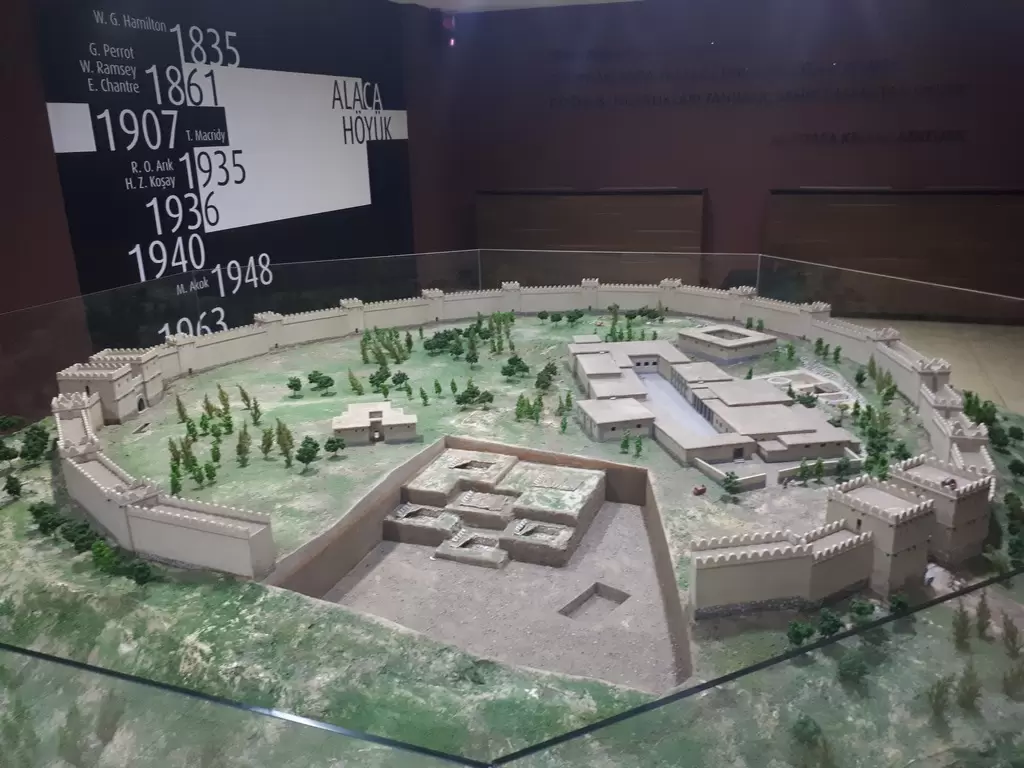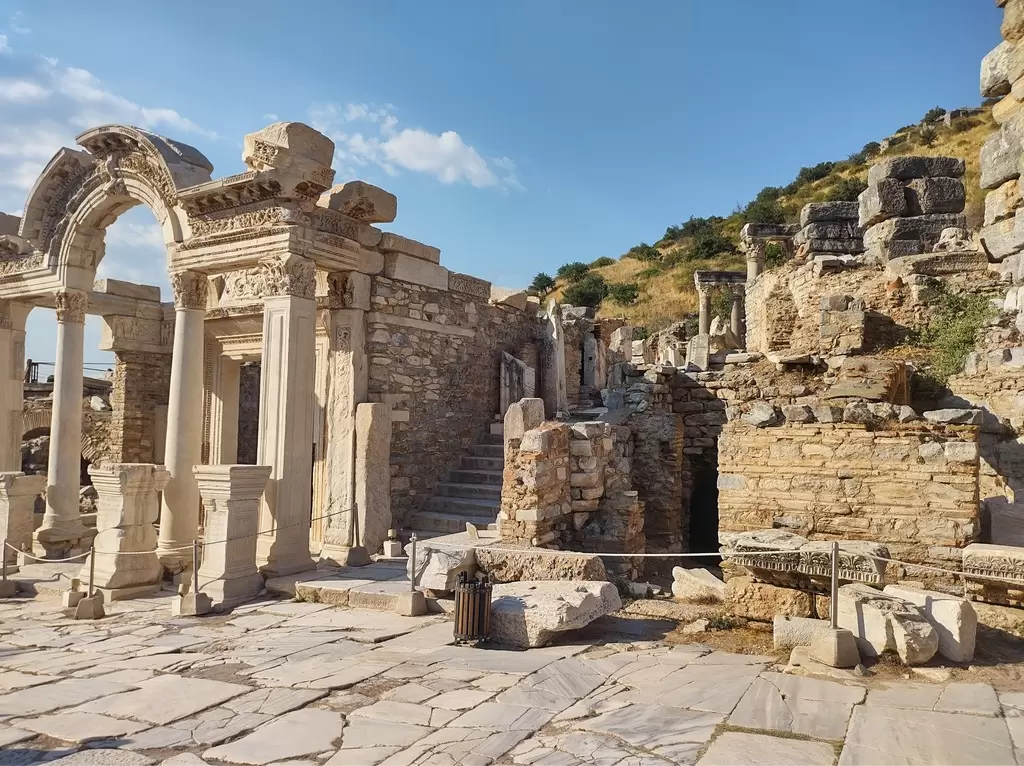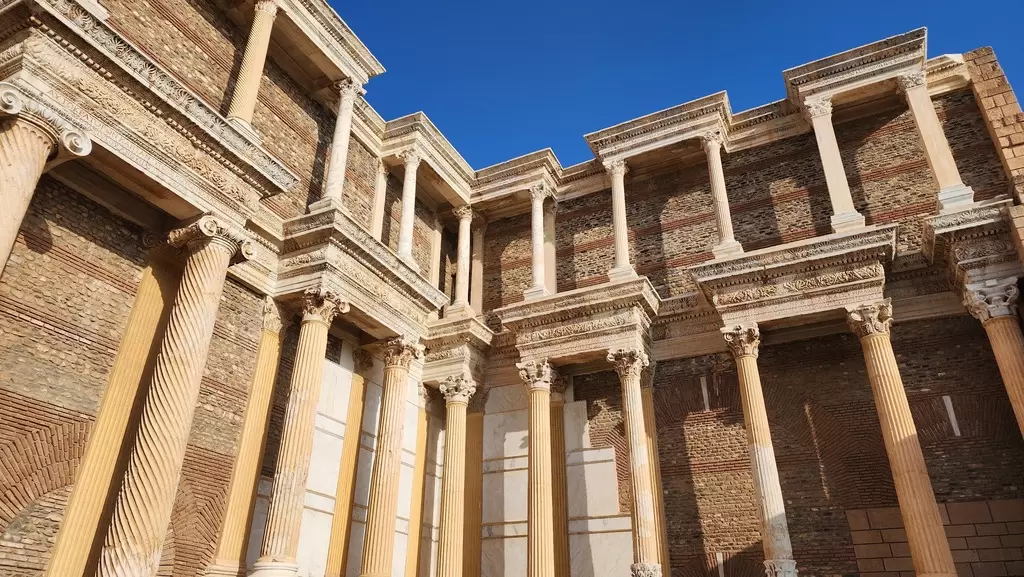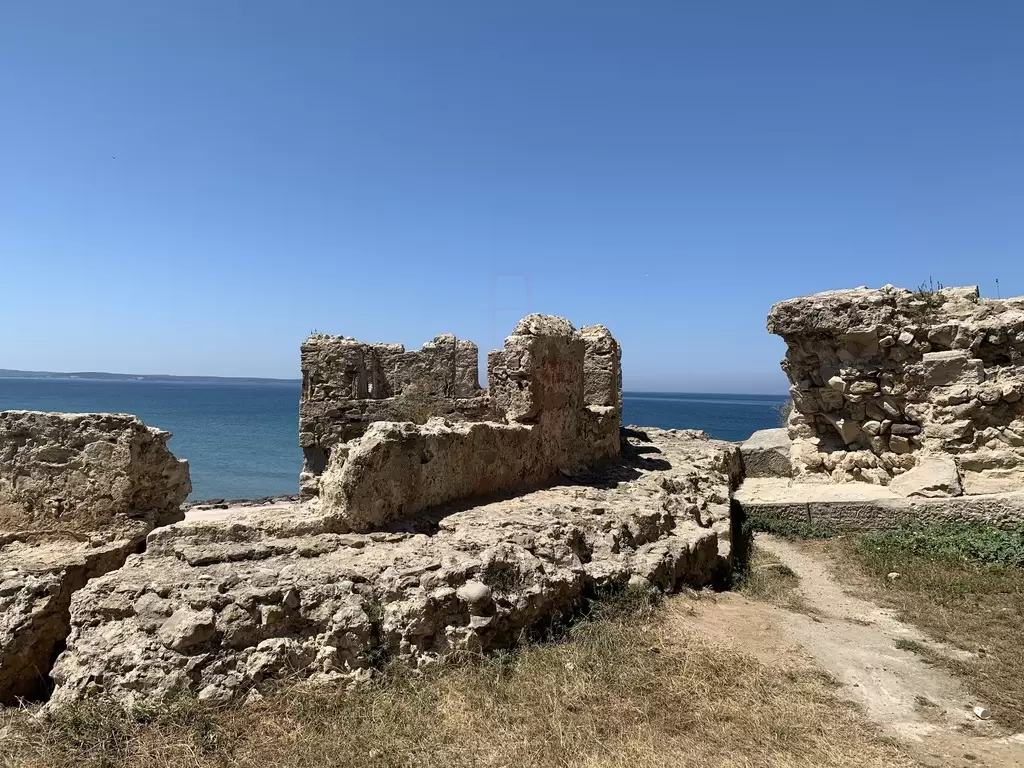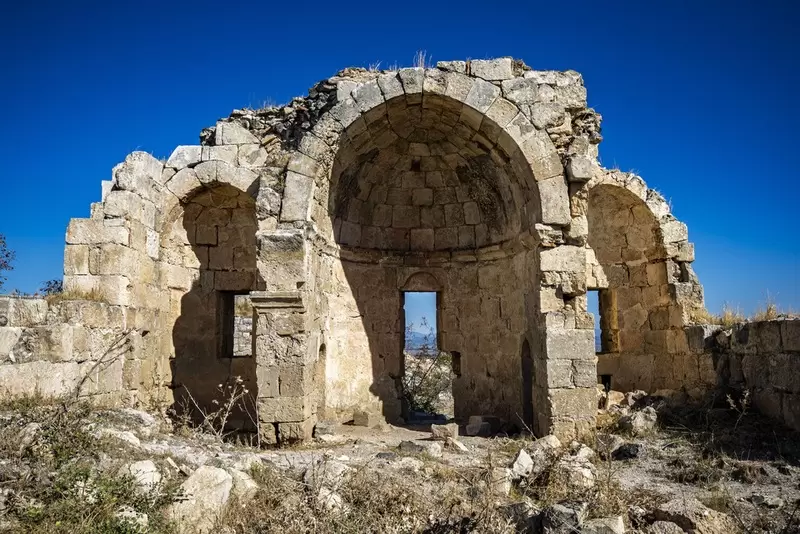
The Cilicia Kingdom, located in the southeastern region of Anatolia, played a vital role in the ancient Mediterranean world from the 1st century BCE to the 1st century CE. Nestled between the Taurus Mountains and the Mediterranean Sea, Cilicia was characterized by its diverse geography, which included rugged mountain ranges, fertile plains, and a coastline rich in natural harbors. This strategic location made it a significant center for trade and cultural exchange, connecting the East and West.
Cilicia's history is marked by its interactions with various civilizations. Initially influenced by the Hittites, the area later came under the control of the Assyrians and Persians. By the time of the Hellenistic period, after the conquests of Alexander the Great, Cilicia became a melting pot of cultures, blending Greek, Persian, and local traditions. The region flourished as a center of commerce, with cities such as Tarsus, Adana, and Anazarbus emerging as important urban centers.
Tarsus, in particular, was notable for its strategic position and cultural significance. It became the birthplace of the Apostle Paul and was a hub of early Christianity. The city thrived as a center of learning, attracting philosophers and scholars. Its diverse population contributed to a vibrant cultural life, evidenced by the remnants of theaters, temples, and public buildings that can still be seen today.
During the Roman period, Cilicia was incorporated into the Roman Empire, becoming part of the province of Cilicia. This integration brought significant changes, including the establishment of Roman infrastructure such as roads, aqueducts, and fortifications. The region continued to prosper economically due to its agricultural output, particularly in grains and cotton, as well as its thriving trade networks.
Cilicia's mountainous terrain also provided natural defenses, which were exploited during various military conflicts. The region witnessed invasions and power struggles, particularly during the Roman civil wars and the rise of local chieftains. Despite these challenges, Cilicia maintained its importance as a cultural and economic center.
As Christianity spread throughout the Roman Empire, Cilicia became a crucial area for early Christian communities. The region's cities hosted numerous churches and synagogues, and it played a significant role in the development of early Christian thought and practice. The Apostle Paul’s missionary journeys through Cilicia are a testament to the area’s early Christian significance.
In the Middle Ages, Cilicia saw the arrival of the Crusaders, who established the Armenian Kingdom of Cilicia. This period further enriched the cultural tapestry of the region, blending Armenian, Byzantine, and Latin influences. The kingdom became a refuge for Armenians fleeing persecution and developed into a vibrant center of trade and culture.
Today, the historical legacy of the Cilicia Kingdom is evident in its archaeological sites, ancient ruins, and cultural heritage. Visitors can explore the remnants of its cities, including the well-preserved theater in Tarsus and the ancient castle of Cilicia. The region's rich history continues to attract scholars, historians, and travelers interested in the diverse influences that shaped this remarkable area of Anatolia.








